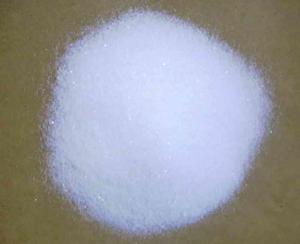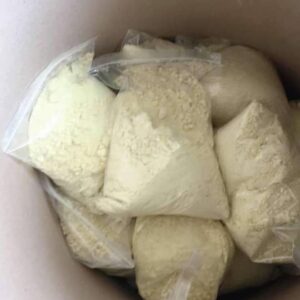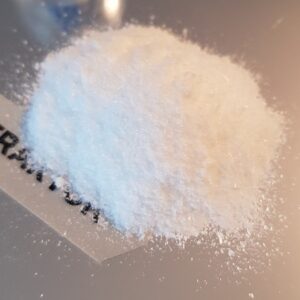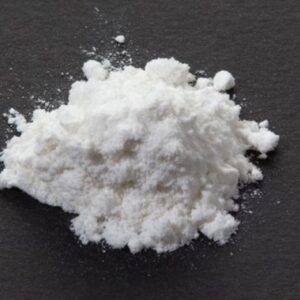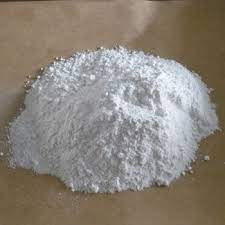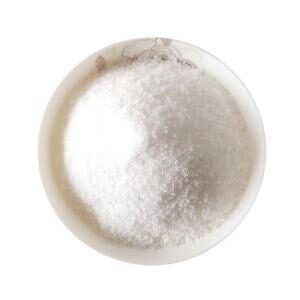Phenacetin Crystal and Powder: Properties, Research Applications, and Legal Procurement
Introduction
Phenacetin (chemical name N-(4-ethoxyphenyl)acetamide) is an organic compound historically used as an analgesic and antipyretic. Its clinical use has been discontinued in most countries due to toxicity and carcinogenicity concerns, but Phenacetin remains valuable in laboratory research, analytical calibration, and synthetic organic chemistry.
Phenacetin Crystal and Powder are primarily used as:
- Reference standards for HPLC, GC, IR, and NMR analysis
- Benchmark compounds in toxicology and pharmacological studies
- Educational tools for organic synthesis demonstrations
Informational: Chemical Identity and Properties
| Parameter | Specification |
|---|---|
| Chemical Name | N-(4-Ethoxyphenyl)acetamide |
| Common Name | Phenacetin |
| CAS Number | 62-44-2 |
| Molecular Formula | C10H13NO2 |
| Molecular Weight | 179.22 g/mol |
| Appearance | White crystalline powder or colorless crystals |
| Melting Point | 133–136 °C |
| Boiling Point | 132 °C (0.6 mm Hg) |
| Solubility | Slightly soluble in water; freely soluble in ethanol and ether |
| Purity (Analytical Grade) | ≥ 99% (HPLC) |
| Storage Conditions | Cool, dry, dark, tightly sealed container |
| Safety Classification | Research use only; not for pharmaceutical or human consumption |
Structural Overview:
Phenacetin belongs to the acetanilide class. Its ethoxy group at the para-position of the benzene ring increases lipid solubility and affects its metabolic pathway. It is structurally related to acetaminophen, making it a valuable model compound in organic chemistry and drug metabolism studies.
Navigational: Research and Industrial Applications
1. Analytical Chemistry
Phenacetin is widely used as:
- Internal standard for HPLC/GC analyses
- Reference compound in IR and NMR spectroscopy
- Demonstration reagent in acetylation and ether synthesis experiments
2. Toxicology and Forensic Research
- Study of renal toxicity and metabolite pathways
- Comparative analysis of historical analgesics vs. modern drugs
- Training forensic analysts in compound identification in seized materials
3. Pharmaceutical Research
- Structure–activity relationship (SAR) studies in analgesics
- Evaluation of acetylation and metabolism mechanisms
- Benchmarking acetaminophen synthesis optimization
4. Industrial Applications
- Intermediate in organic synthesis and chemical reactions
- Reagent for dye, polymer, and crystallization research
- Calibration material for temperature and crystallization studies
Commercial: Quality Control and Product Specification
| Grade | Purity | Application |
|---|---|---|
| Analytical | ≥ 99% | Reference standard, chromatography calibration |
| Laboratory | ≥ 98% | Educational and synthetic chemistry |
| Industrial | 95–98% | Bulk organic synthesis |
Packaging Options:
- 100 g, 500 g, 1 kg sealed HDPE bottles
- Custom bulk options for institutional orders
Documentation Provided:
- Certificate of Analysis (CoA)
- Material Safety Data Sheet (MSDS)
- Batch traceability and purity verification
Transactional: Legal Supply and Compliance
Regulatory Status
| Region | Regulation | Legal Use |
|---|---|---|
| United States | Controlled as a precursor under FDA import alerts | Research & reference standard only |
| European Union | Subject to REACH registration | Academic and industrial research |
| United Kingdom | Managed under Misuse of Drugs Act (precursor control) | Licensed laboratory use |
| Asia-Pacific | Varies by jurisdiction | Chemical research and teaching reagents |
Key Compliance Requirements:
- Institutions must be authorized to handle precursor/restricted chemicals
- Maintain secure storage and accurate inventory records
- Follow hazardous waste disposal procedures
Safe Handling and Laboratory Storage
| Category | Guideline |
|---|---|
| Hazard Classification | Potential organ toxicity upon long-term exposure |
| Personal Protective Equipment (PPE) | Gloves, lab coat, protective eyewear |
| Storage | Dry, cool, well-ventilated area |
| Handling | Use fume hood; avoid inhalation and skin contact |
| Disposal | Follow institutional hazardous waste protocols |
| Emergency Measures | Rinse affected areas and seek medical evaluation immediately |
Risk assessments and ISO/GLP-compliant documentation are recommended for all laboratory use.
Procurement: Best Practices
- Source from authorized research chemical suppliers
- Verify documentation: CoA, SDS, and batch traceability
- Specify research or industrial use only
- Ensure compliance with institutional and local regulations
- Maintain secure records of usage, storage, and disposal
Market and Scientific Outlook
While Phenacetin is no longer used clinically, it continues to support:
- Comparative pharmacology and toxicology studies
- Organic synthesis and acetylation research
- Analytical calibration for chromatography and spectroscopy
Institutions rely on GMP-aligned suppliers with transparent documentation to maintain research integrity and regulatory compliance.
Conclusion
Phenacetin Crystal and Powder remain critical research chemicals for analytical, educational, and synthetic studies. While its medical application has ceased, its structural and chemical properties make it indispensable for organic chemistry, pharmacology, and toxicology research.
Research:
phenacetin crystal • phenacetin powder • N-(4-ethoxyphenyl)acetamide • analytical grade phenacetin • laboratory reagent phenacetin • organic synthesis compound • chemical reference standard • legal supplier

